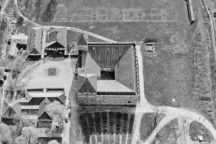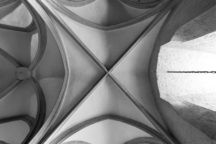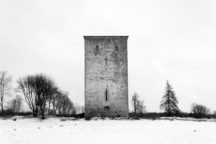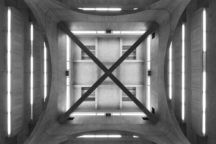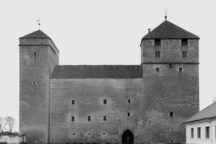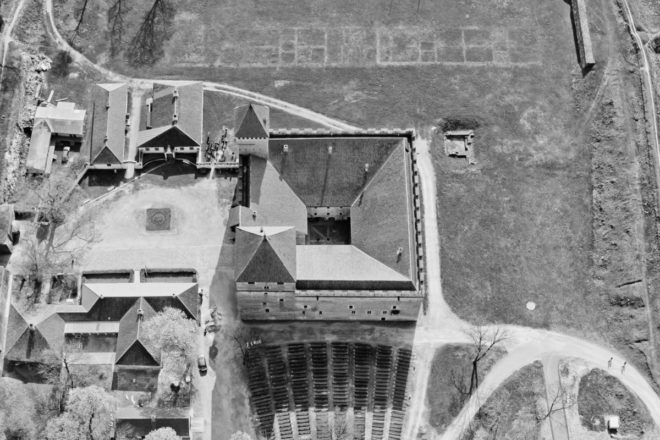
Bishop’s Castle (14th century) in Kuressaare on the island of Saaremaa, Estonia (aerial view)
Photograph by Arne Maasik 2008
As many will know, Kahn hailed from an island that before the First World War was called Ösel in German and Swedish and which became internationally known by its Estonian name, Saaremaa, after the war. It is Estonia’s largest island and the fourth largest island in the Baltic Sea, with an area of 2,673 km². It boasts a great number of well-preserved medieval architecture from the 13th and 14th centuries – in particular, fortified churches and the Kuressaare Bishop’s Castle.
Louis Kahn spent the first five years of his life in the island’s capital of Kuressaare, then called Arensburg. Saaremaa had close ties with Riga, the historical capital of the Baltic region, which is now the capital of the Republic of Latvia. Many of Kahn’s relatives lived in Riga.
In the summer of 1928, Kahn visited the Baltics while on his grand tour of Europe. On 18 July of that year, he travelled from Helsinki to Tallinn by boat and on 19 July from Tallinn to Riga by train. He had a two-month Estonia visa; later he would often refer to spending a month on Saaremaa.
